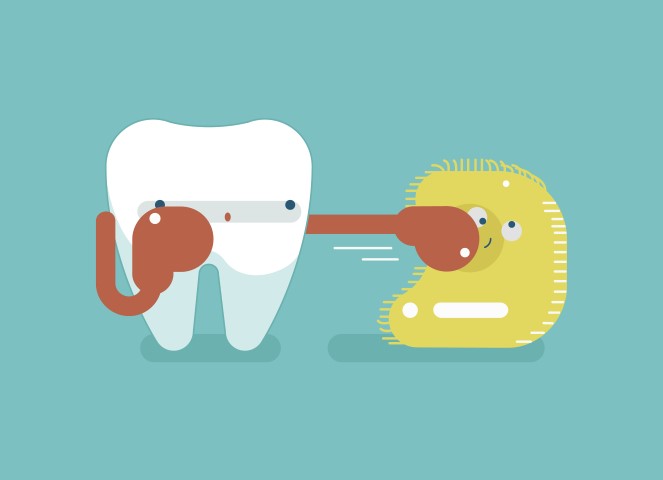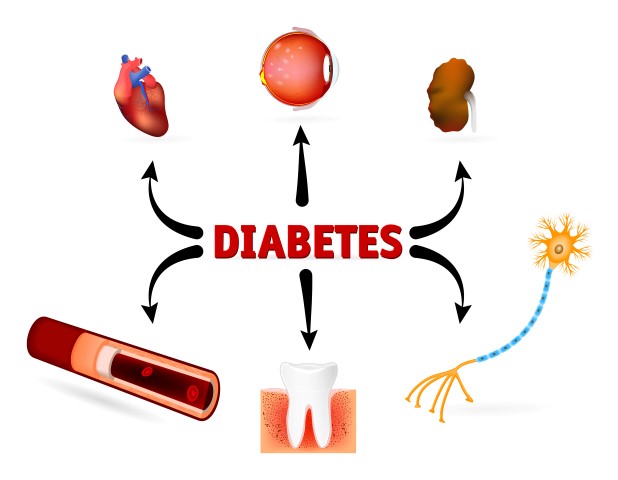Fluoride vs Xylitol
Fluoride
Fluoride is a compound that contains fluorine, a natural element. Using small amounts of fluoride on a regular basis can help prevent tooth decay. Fluoride inhibits loss of minerals from tooth enamel and encourages remineralization (strengthening areas that are weakened and beginning to develop cavities). Fluoride also affects bacteria that cause cavities, discouraging acid attacks that break down the tooth. Risk for decay is reduced even more when fluoride is combined with a healthy diet and good oral hygiene. Using fluoride for the prevention and control of decay has been proven over the past 70 years to be both safe and effective.
Fluoride can be found in any toothpaste with the ADA Seal of Approval, as well as in drinking water across the United States. To ensure you’re getting the appropriate amount of fluoride, having a professionally applied fluoride treatment during your next checkup is possible if you are concerned you are not getting adequate amounts at home.
Xylitol
Xylitol is NOT an artificial sweetener. Xylitol is a natural sugar found in your body and in the fibers of plants. Your body produces 5 or more grams of xylitol each day on it’s own. To create dental products with xylitol, the sugar must be produced in bulk, typically from fibers in corn by processing their stalks and cobs.
Xylitol works to prevents caries by interfering with the bad bacteria in your mouth. It helps reduce the acidic conditions within your mouth by stopping bacterial production of acid. This in turn, helps reduce the amount of bad-bacteria living in your mouth, since they prefer to live in an acidic environment. Xylitol also helps reduce biofilm (the thin, slimy film of bacteria that adheres to a surface) by preventing bacteria from communicating and producing the slime that holds it’s colonies together. Once the film is gone, the bad bacteria slide off the surface of the teeth. This one-two punch effectively helps prevent cavities.
Xylitol also helps with remineralization of teeth, since it binds with calcium and keeps it available within your saliva. This is different from other sugars, such as sucrose, which bind with calcium to produce complexes that precipitate out of saliva.
Fluoride and Xylitol can be used together or separate, since they compliment one another.
WARNINGS
Warning: Xylitol is HARMFUL TO DOGS
Xylitol may not be completely digested in the intestines of dogs until the digestive system adapts. Xylitol is extremely toxic to dogs and even small amounts can cause hypoglycemia (low blood sugar), seizures, liver failure or even death.
Warning: Too much fluoride or xylitol can have negative side-effects.
Combined fluoride exposure from all sources may contribute to enamel fluorosis, especially in young children under 8 years old. Please consult with your dentist before using high fluoride products.
Too much Xylitol may cause nausea, gas and diarrhea.



